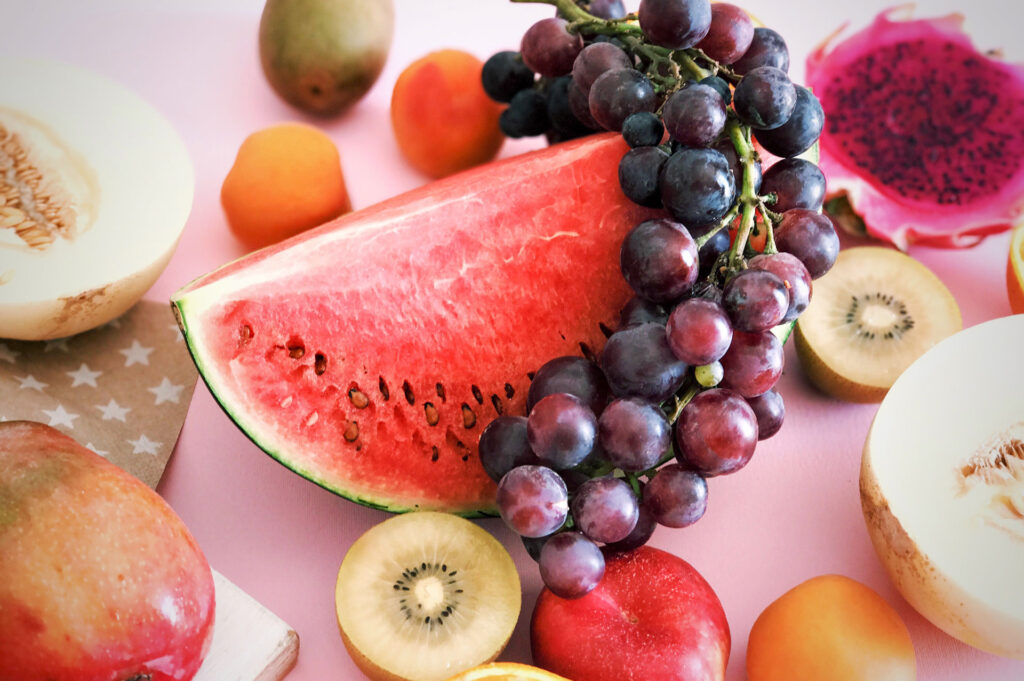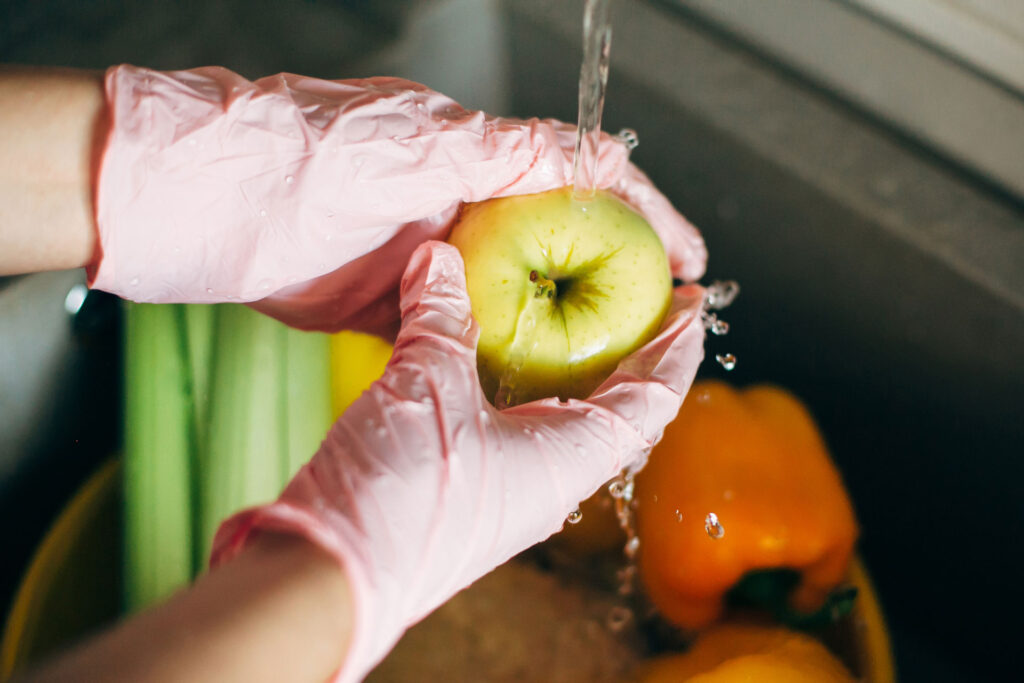Initially celebrated in 1992, National Salad Month brings attention to the health benefits correlating to, you guessed it, eating salad! Salad may not be the meal of choice for many Americans; however, there are plenty of tasty ingredients you can include in your salad without negating its positive impact on your health. In this article, we are going to go over some of the most popular salad ingredients and provide you with tips on protecting yourself from foodborne illnesses.
Basic Salad Ingredients
Fruits and vegetables remain the staple ingredients of a healthy salad. There is a large variety of fruits and veggies, each of them with its own unique flavor, nutrients, and associated health benefits.
Fruits

Vegetables

Older Americans generally do not eat enough fruit. Yet, there are so many choices—citrus fruits like oranges and grapefruits; different kinds of berries; fruits that grow on trees such as apricots, cherries, peaches, and mangoes; and others like figs, raisins, and pineapples.
Many fruits provide extra fiber that helps keep your digestive system moving. Just make sure you wash all fruits thoroughly before eating. Whole fruits are best, but 100% fruit juice also counts as fruit. When purchasing frozen, canned, or dried fruit, choose options that are lowest in added sugars.
Vegetables come in a wide variety of colors, flavors, and textures. They’re also an important source of vitamins, minerals, and fiber. Dark green vegetables include broccoli, collard greens, spinach, and kale. Some red and orange vegetables are acorn squash, carrots, pumpkin, tomato, and sweet potato.
Examples of starchy vegetables are foods like corn, green peas, and white potatoes. Other vegetables include eggplant, beets, cauliflower, Brussels sprouts, celery, artichokes, green beans, and onions. Beans and peas (legumes) include black beans, garbanzo beans (chickpeas), kidney beans, soybeans, and tofu.
Practicing Proper Food Safety
Vegetables like lettuce, cabbage, spinach, and kale, and fruits like strawberries and citrus fruits contain nutrients that aid in the prevention of heart disease, stroke, and even certain cancers. But when eating fruits or vegetables uncooked, it is important to clean them, effectively decontaminating them from any germs they may have come in contact with. It is also a smart idea to make sure that the company or farm you purchase your fruits and veggies from practices the prescribed food safety standards. Below, we have included instructions provided by the Centers for Disease Control and Prevention (CDC) on how to properly fruits and vegetables prior to consumption.

- Wash your hands, kitchen utensils, and food preparation surfaces, including chopping boards and countertops, before and after preparing fruits and vegetables.
- Clean fruits and vegetable before eating, cutting, or cooking, unless the package says the contents have been washed.
- Wash or scrub fruits and vegetables under running water—even if you do not plan to eat the peel. Germs on the peel or skin can get inside fruits and vegetables when you cut them.
- Washing fruits and vegetables with soap, detergent, or commercial produce wash is not recommended. Do not use bleach solutions or other disinfecting products on food.
- Cut away any damaged or bruised areas before preparing or eating.
- Dry fruit or vegetables with a clean paper towel.
- Keep fruits and vegetables separate from raw foods that come from animals, such as meat, poultry, and seafood.
- Refrigerate fruits and vegetables within 2 hours after you cut, peel, or cook them (or 1 hour if the outside temperature is 90° or warmer). Chill them at 40°F or colder in a clean container.
–CDC
